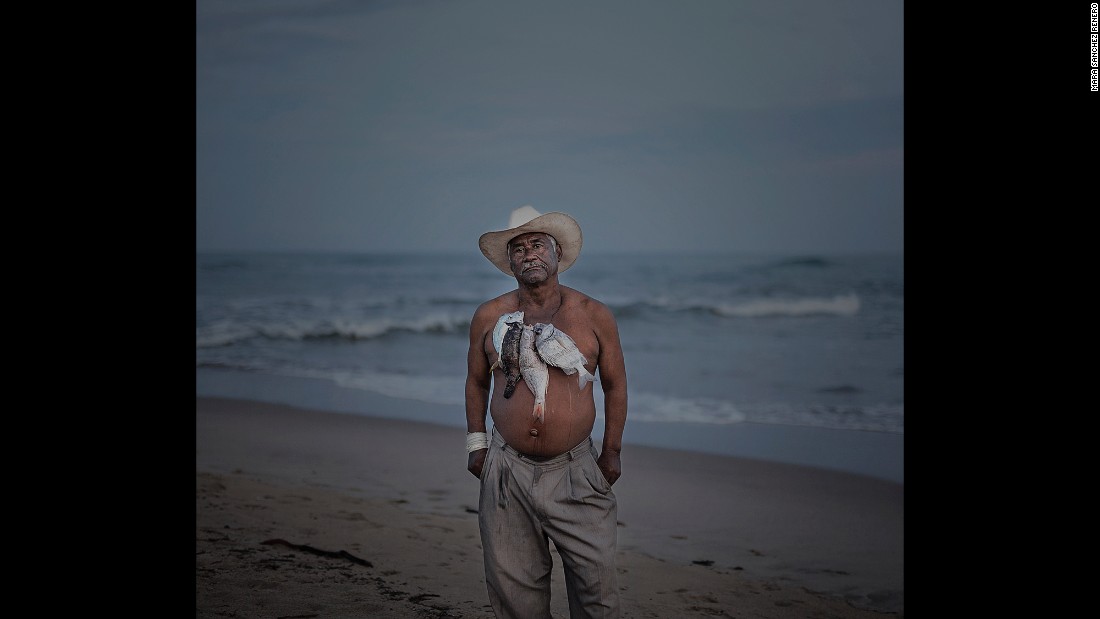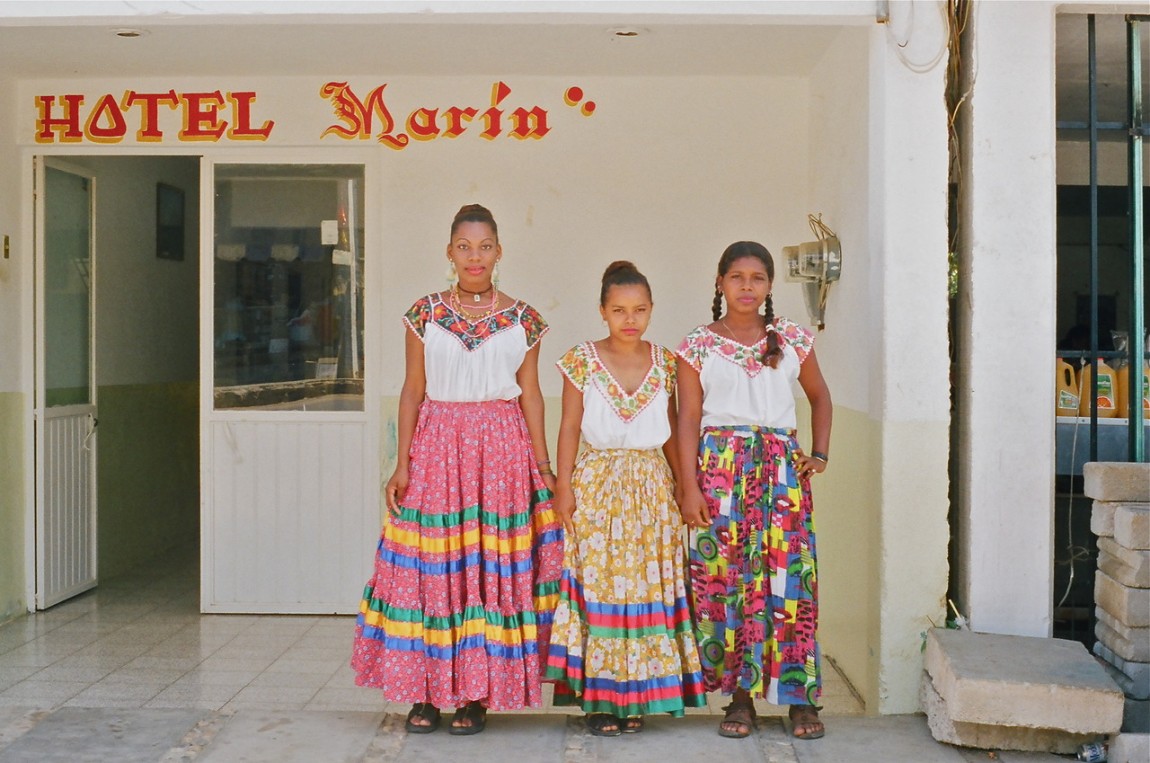Afro-Mexico: Dancing between Myth and Reality by Anita González (review)
Latin American Music Review
Volume 34, Number 2, Fall/Winter 2013
pages 288-291
DOI: 10.1353/lat.2013.0019
Alex E. Chávez, Visiting Assistant Professor
Latin American and Latino Studies Program
University of Illinois, Chicago
Anita González, Afro-Mexico: Dancing between Myth and Reality. With photographs by George O. Jackson and José Manuel Pellicer. Austin: University of Texas Press, 2011. 183 pp. ISBN 978-0-292-72324-5.
In a mixed-race country like Mexico, being “black” means being part of an ethnic group, but in addition to the unstable inhabitations of racial identities, the richness of expressive culture therein also has much to do with carving out senses of community. With this understanding, González explores the cultural negotiations of Afro-Mexican identity in terpsichorean traditions throughout Mexico—with specific focus on Veracruz and the Costa Chica of Guerrero and Oaxaca. She elaborates on various quotidian dance practices embedded with an African cultural subtext of influence that demonstrates how socially and historically constituted ethno-racial constructions are voiced through performance. Taking cues from methodologies in performance, theater, and dance studies, she homes in on the communicative potential of the gesticulant. Moreover, she incorporates ethnography and relies on photographs to illustrate the dance forms.
Although there is existing scholarship that privileges broader socio-historical questions concerning the African diaspora in Latin America, studies focused on African-derived expressive forms in Mexico are few (Cruz Carretero, Martínez Maranto, and Santiago Silva 1990; McDowell 2000; Pérez Fernández 1990). In her efforts to show how Afro-Mexicans have been instrumental in cultural life in that country, González skillfully attends to the mobile history of ethnic encounter and exchange among Africans, indigenous groups, and the Spanish that has informed the hybridity of expressive forms and subjectivities over time. This approach in some ways gestures toward the types of analyses offered in Robin Moore’s Nationalizing Blackness (1997) and John Chasteen’s National Rhythms, African Roots (2004) in their own interrogations of the complicated nexus of performance, nation, and racial formation in Cuba and South America, respectively.
Mexico’s own fraught ideologies of mestizaje and mexicanidad constitute an officialized discursive field that has promoted a unified national culture by way of de-emphasizing localized and pluri-ethnic productions of subjectivity; and as it pertains to González’s study, this ideological scaffolding has obfuscated—if not entirely excluded—the African component. In this regard, apart from considering phenotype, González suggests that racial identities are also defined by geographic locale to the extent that “most Afro-Mexicans are unaware of the historical circumstances that explain their presence in Mexico,” which places particular importance on the cultural negotiations of social location as such (37).
At the core of Afro-Mexico lies González’s ambition to present a “diversity of perspectives about blackness” (103). She succeeds in this ambition as it relates to the dance forms in question. And by returning to the issues of archetype and stereotype repeatedly, she opens the door for considering the iterative relationship between racialization and performativity. Yet bringing the implicit connections between everyday life and institutionalized racial knowledges to the surface early in the book would have served in demonstrating more clearly how expressive culture fits within the arch of broader racial ideologies with implications for understandings of embodiment, performance, and the viscosity of race.
Nonetheless, the unique contribution of the book emerges from González’s own position of expertise as an artist and dancer so that when she contends that “the bent body posture and looseness of the upper body” in certain forms have aesthetic roots in African dance (66), her own bodily knowledge is involved in making that statement. Dances, she argues, consist of gestures within musical phrases. Possibilities for storytelling exist therein that “express social outlooks” (46). These stories unfold at different levels, from personal to communal, from political to mythical—often simultaneously. Her analysis likewise operates on several levels—form and content of the dance, musicality, historical roots, and ultimately the playing out of contemporary politics, since many of the dances are “theatrical scenarios that include attacks, public whippings, sexual overtones, and other disreputable acts” (40). Still, her descriptions in some ways beg for a more in-depth ethnographic rendering of these expressive flows to illustrate how they communicate beliefs and ideas, the very representations that become myths about blackness over time and how they unfold in relation to larger and contested understandings of nation and racial formation. Afro-Mexico is premised on the contention that in a society where ethno-racial identities are disputed, myths contain within them…



